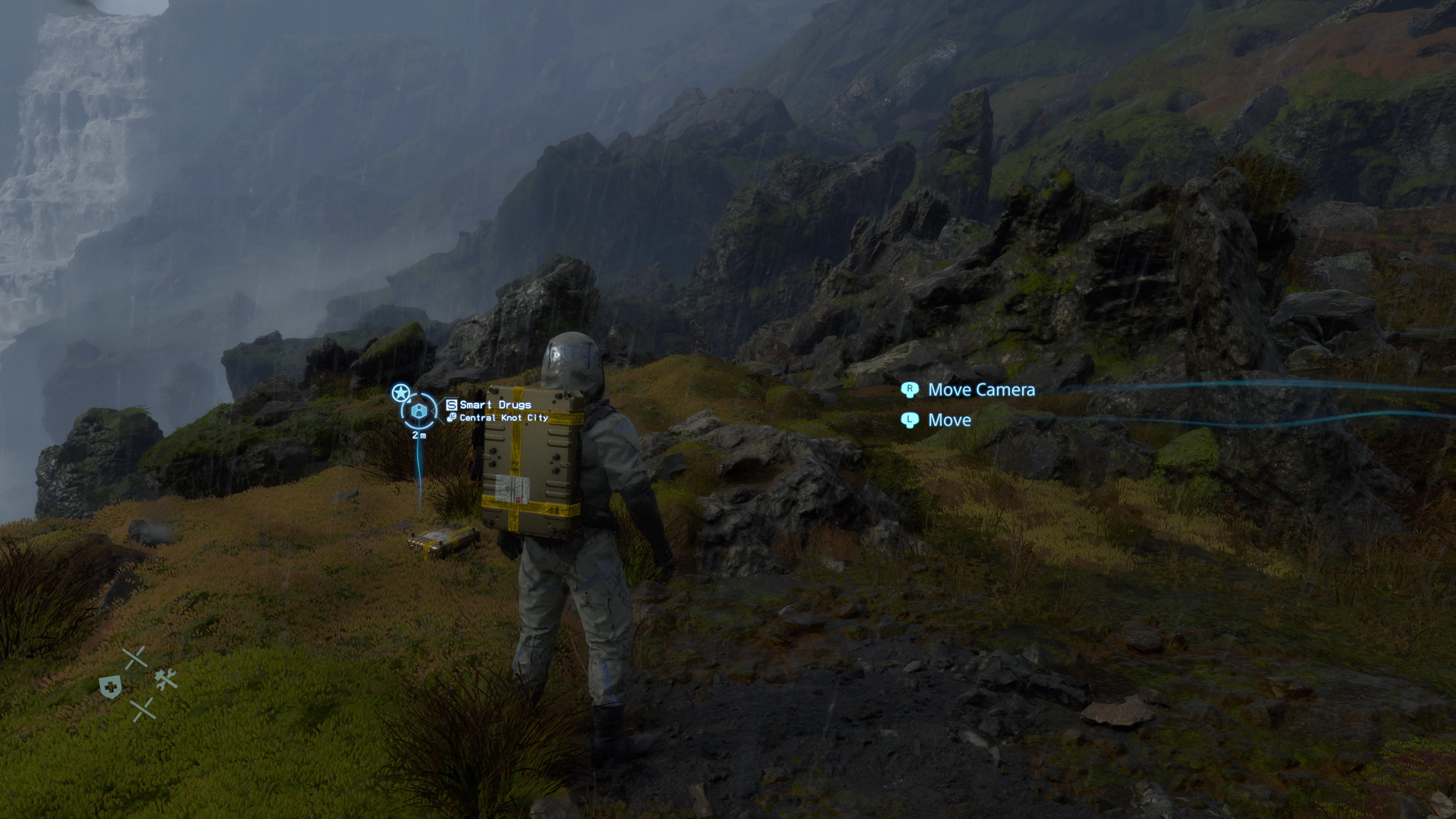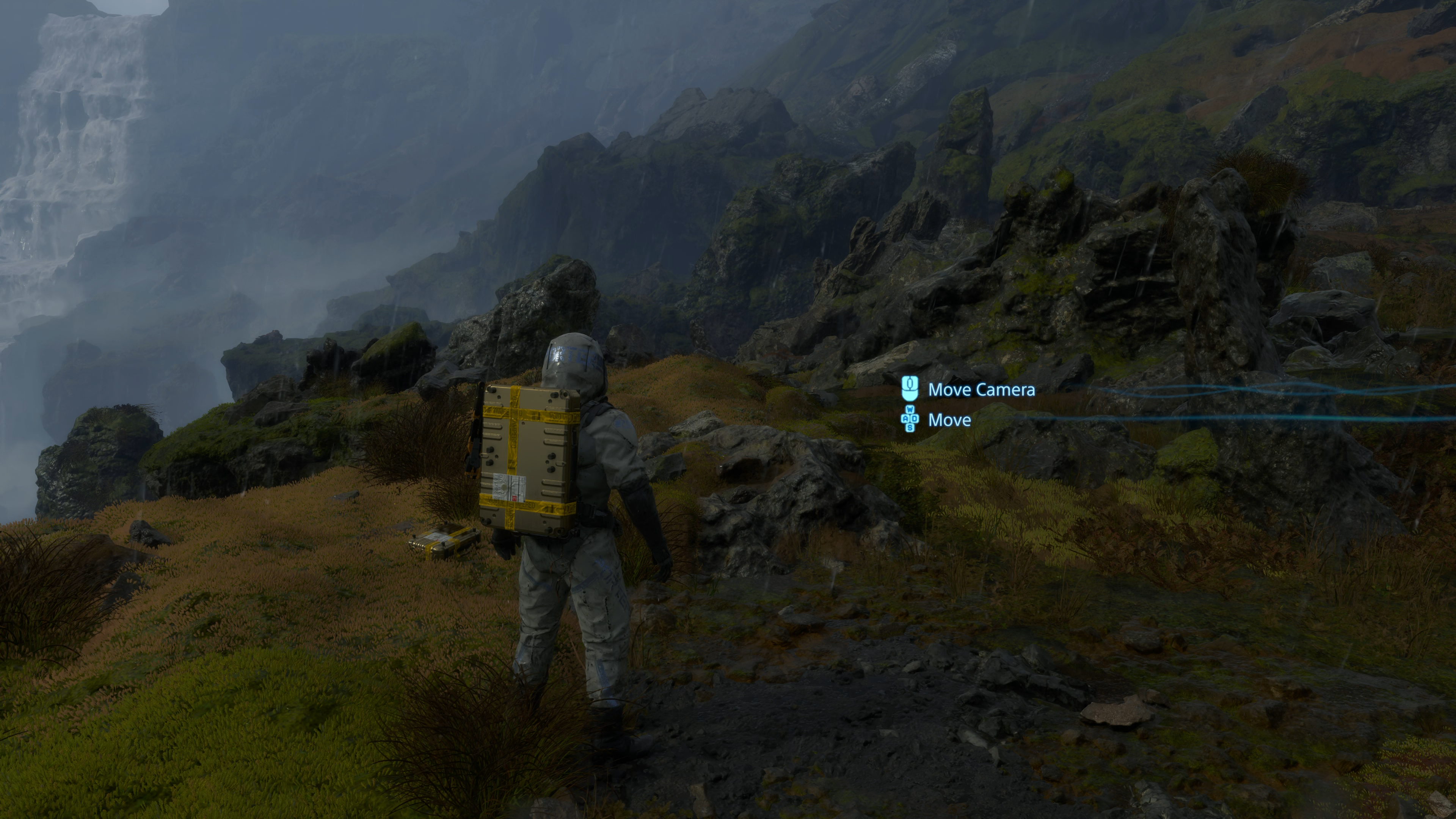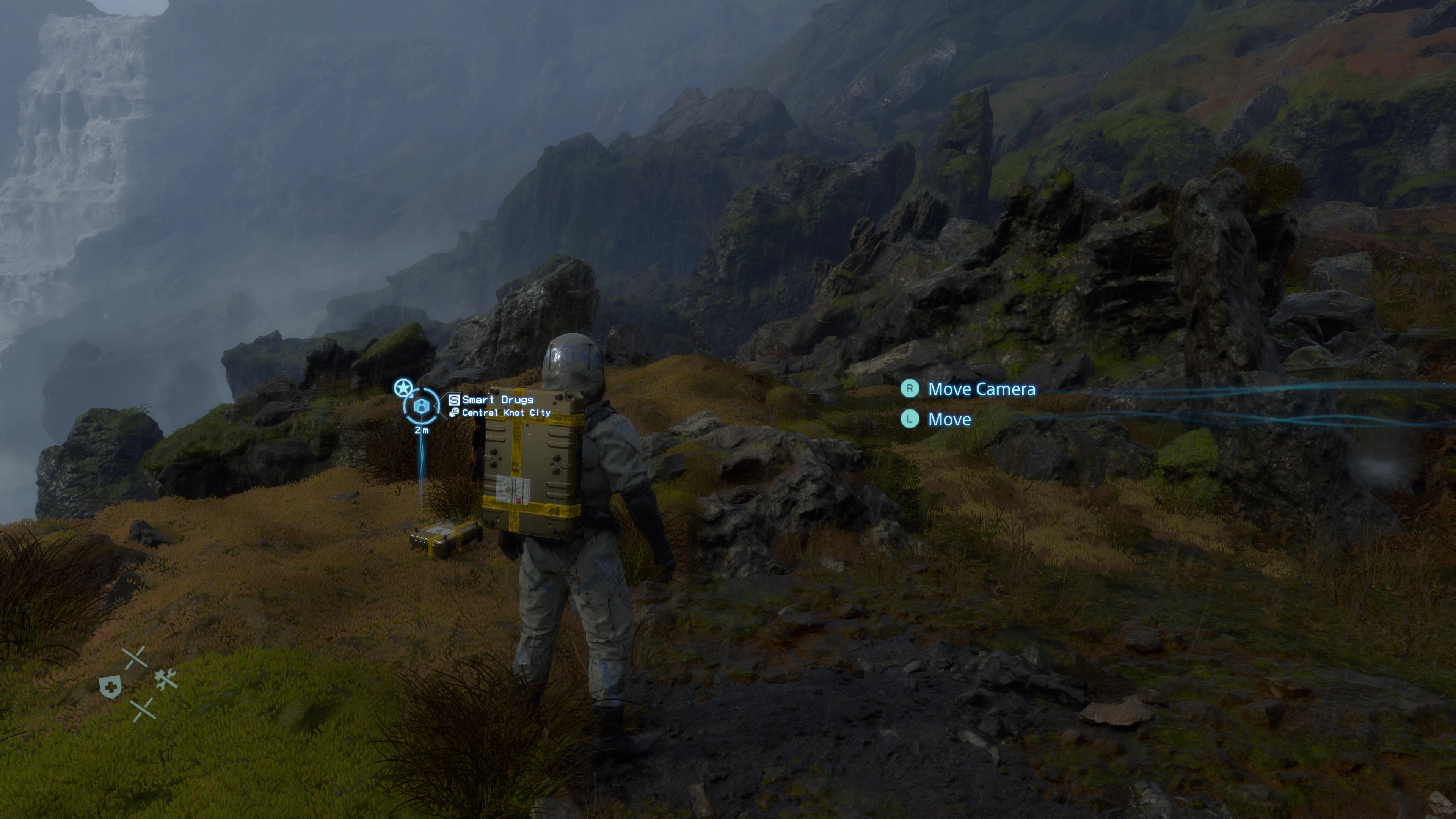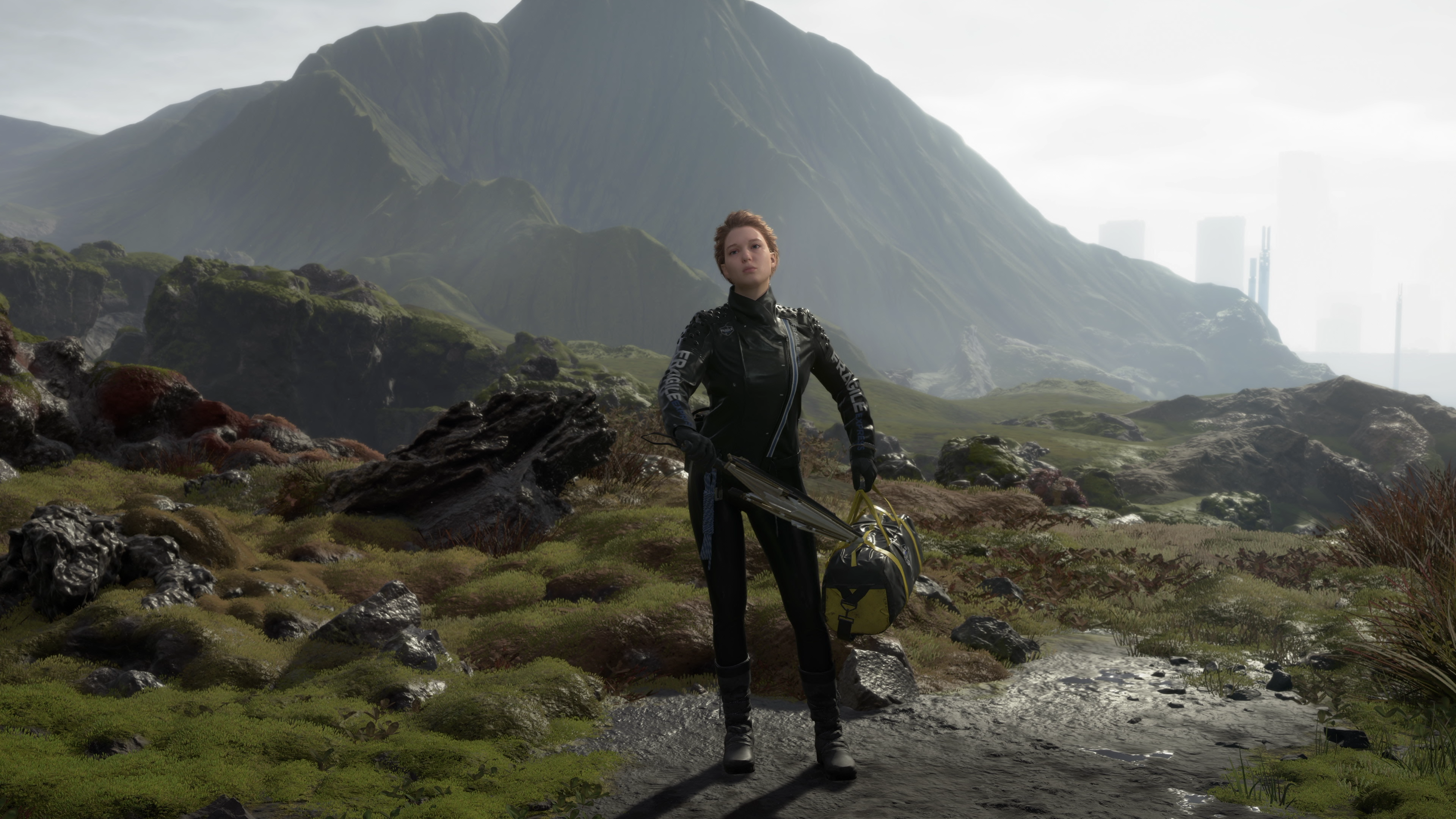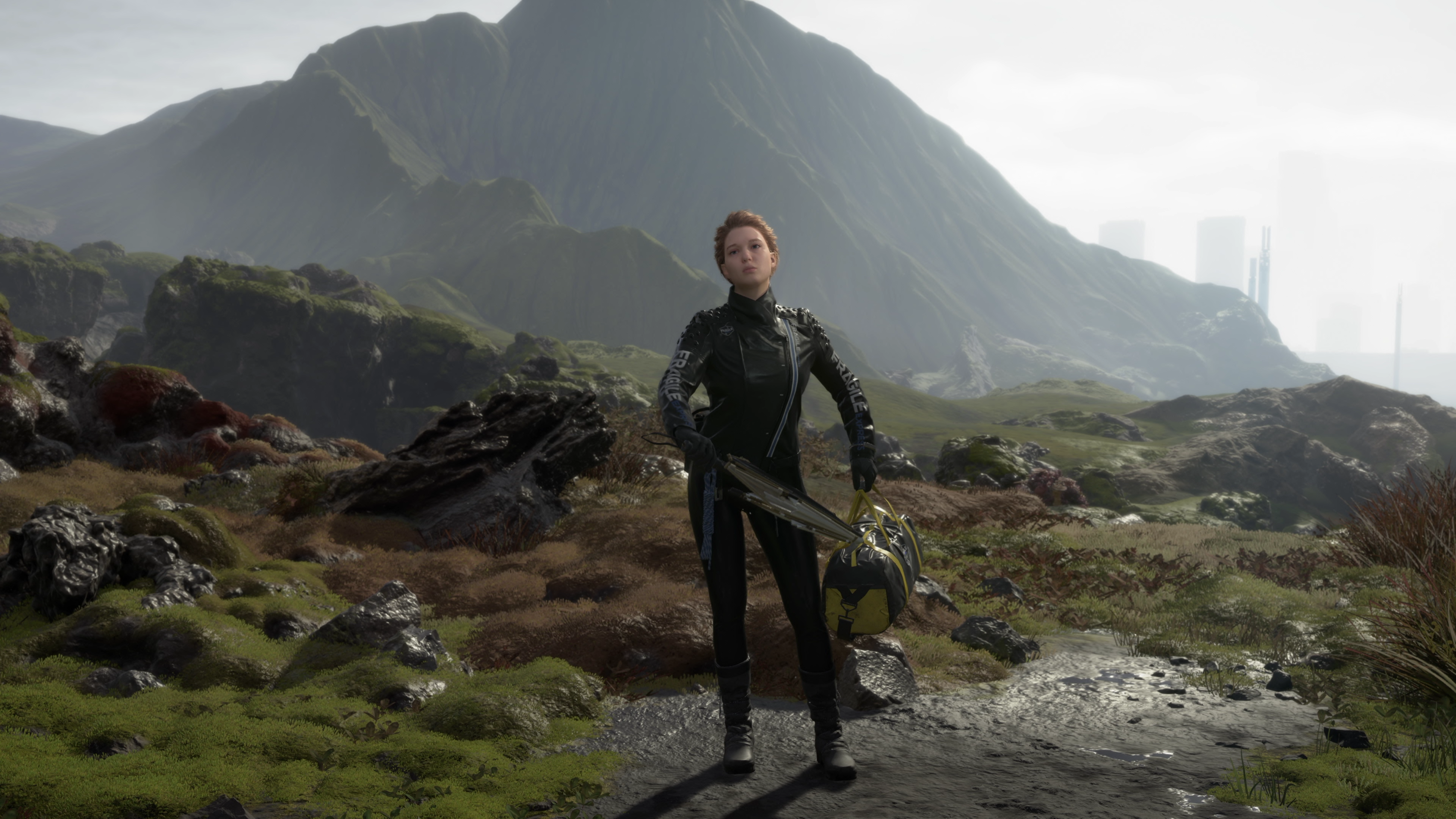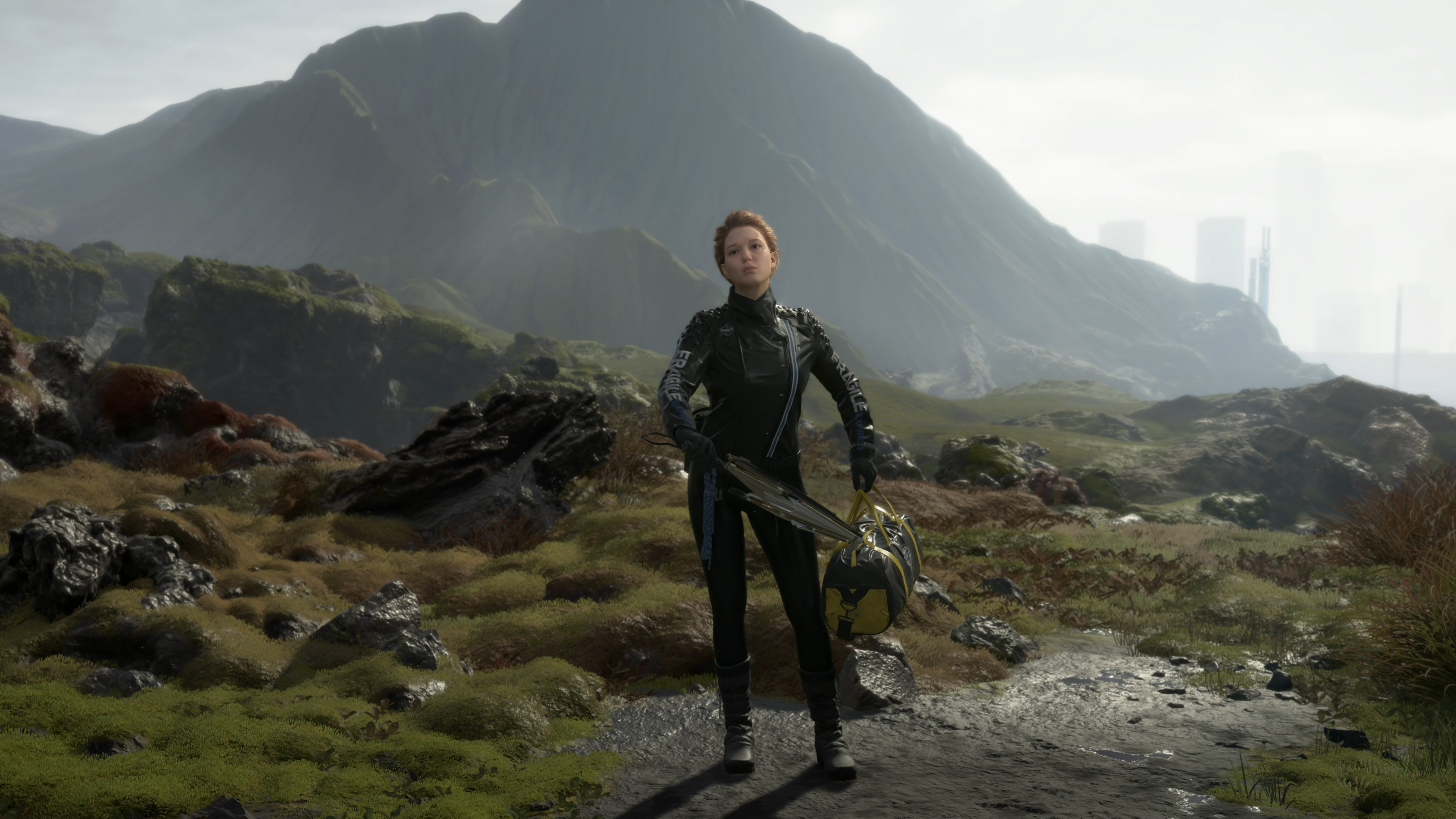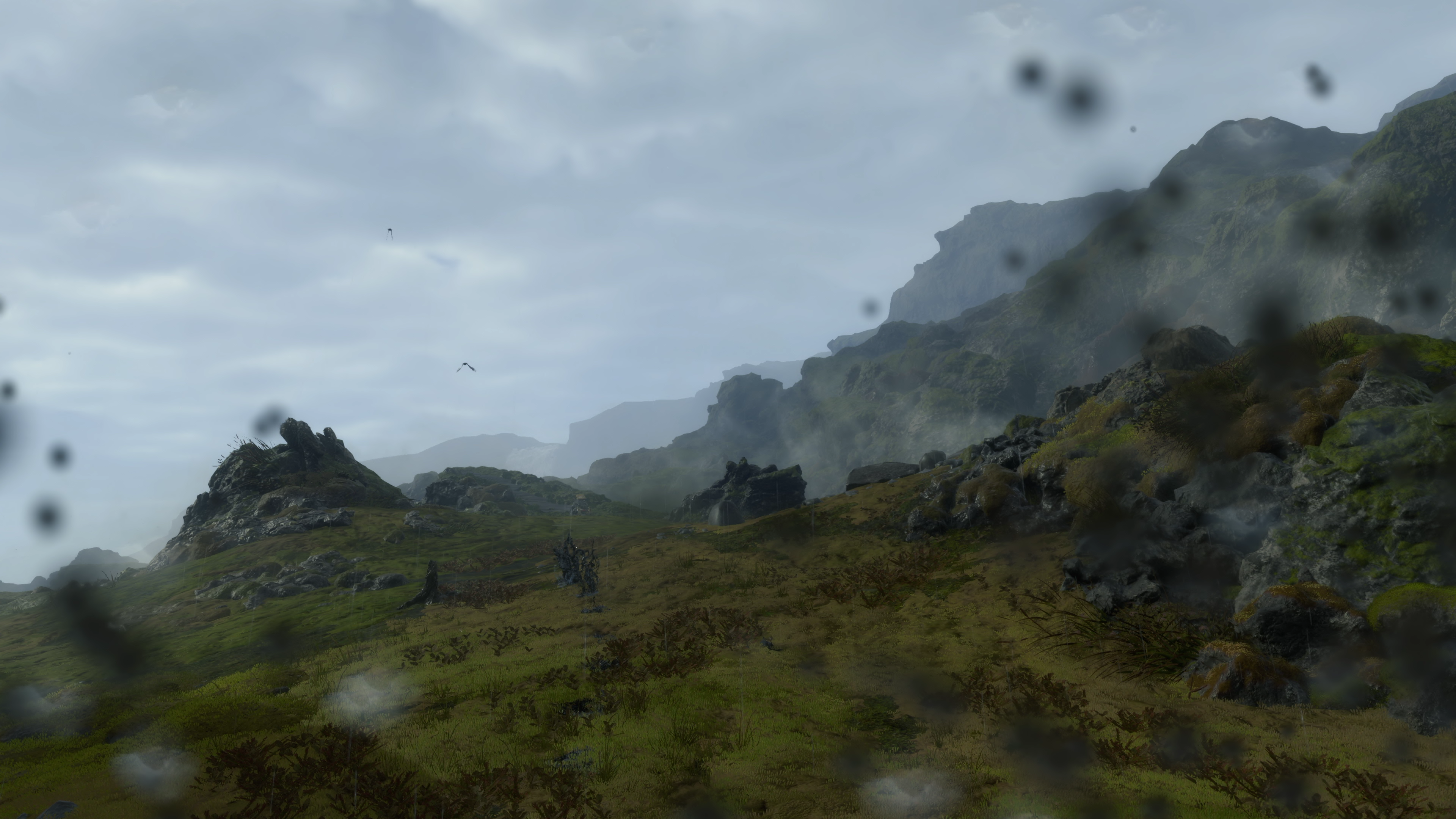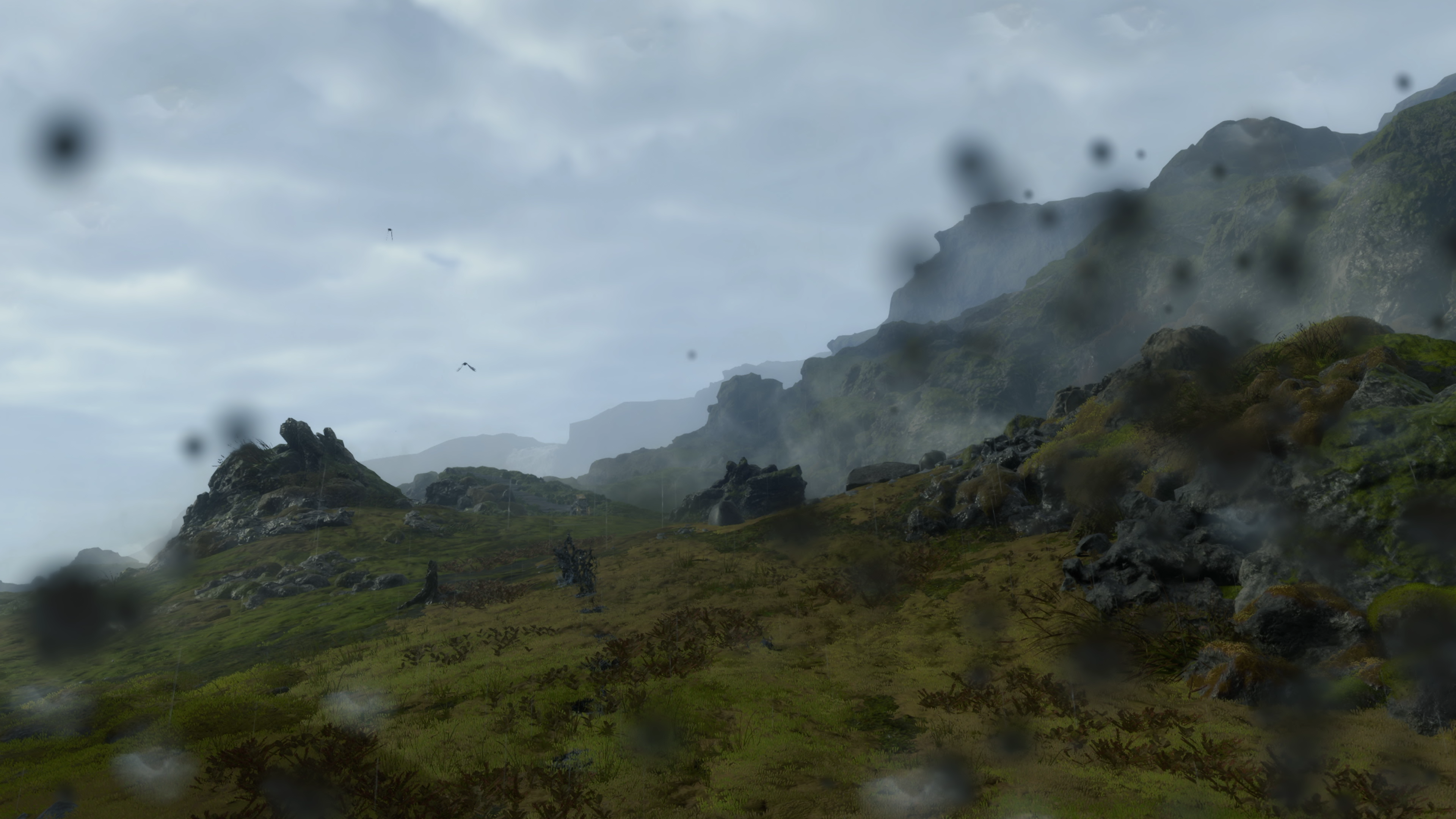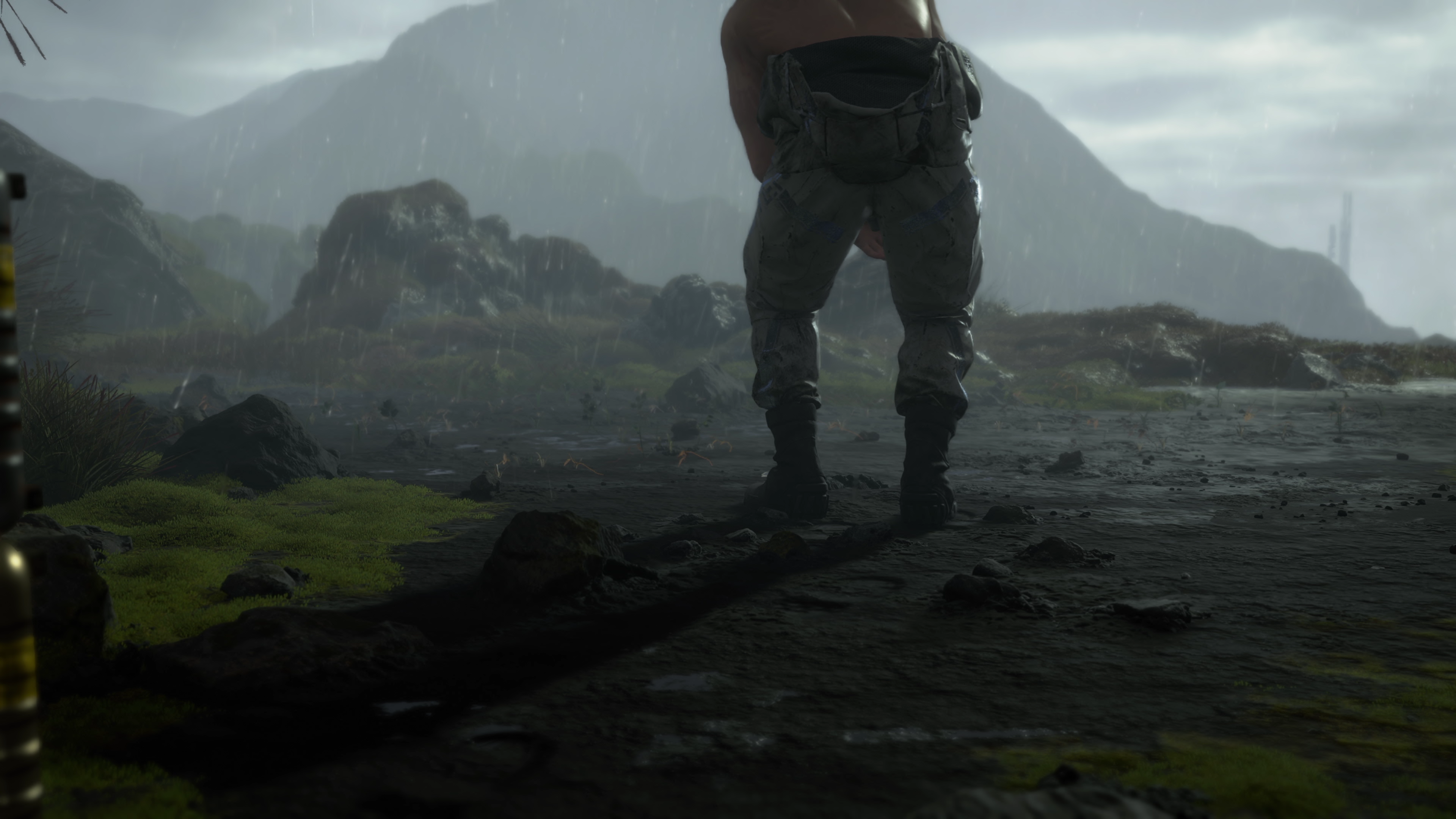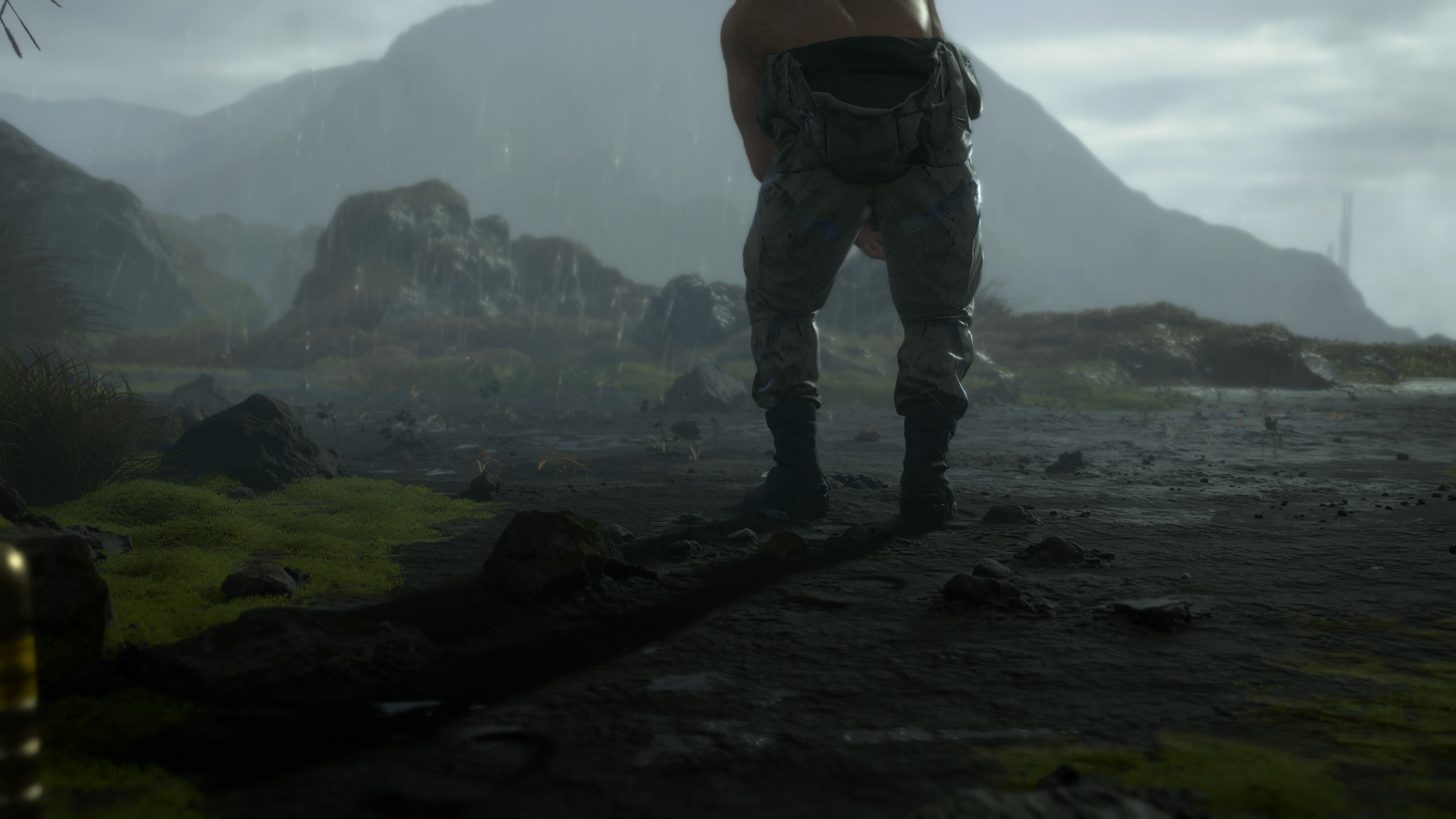Of course, this isn’t the first time Hideo Kojima has revisited his games - releases dating back to Snatcher, Policenauts and the first three Metal Gear Solid games all received similar re-releases back in the day. Death Stranding: Director’s Cut is essentially Death Stranding: Subsistence or Substance, if you will. New elements like the firing range, for instance, offer a lot more than what the name would suggest - this is effectively equivalent to the VR Missions from those first three Metal Gear Solid re-releases. There are also new story sequences and areas to explore along with a subtle revamp to the open world itself. However, in terms of tapping into the PS5’s horsepower, a number of options are available. Quality and performance modes are available - both targeting 60fps - while both options can also be paired with a 21:9 ultrawide presentation. By default, the game boots with its standard 16:9 aspect ratio in performance mode, which runs the game at 1800p resolution, upscaled to 2160p. Image quality wise, it looks comparable to the PS4 Pro’s checkerboard rendering mode - sharper in some areas, softer in others, but similar. Obviously, the main improvement to this is frame-rate, which is now 60fps, and in performance mode it is entirely locked in my experience. Quality mode is also available, raising the resolution to 2160p - so it’s very sharp indeed - but there is a performance penalty. Both exhibit a slight softness suggesting some sort of reconstruction (though it’s difficult to say) but it differs from the checkerboard rendering features used on PlayStation 4 Pro. Cutscenes and combat can see frame-rates drop from 60fps, mostly into the mid-50s but also into the high 40s too. I’d consider this to be a great option for variable refresh rate display support, if and when this function comes to PlayStation 5. Lastly, there’s the ultrawide mode which turns out to be more interesting than expected. Basically, the game uses black bars on the top and bottom of the screen while expanding the field of view within the visible area. The effective resolution when using this mode is around 3840x1643 (if you snip the black bars away) - this is when using quality mode in conjunction with ultrawide. It seems to match the ultrawide experience of the PC release but obviously, there is no way to natively output ultra-wide resolutions on a PS5 so you will have those black bars top and bottom. When using an OLED screen, however, it’s not a big deal as these areas appear completely black and the extra FOV is rather welcome. Thankfully, you can experiment with these modes as you play - it’s possible to change them from the options menu at any time. Aside from the most extreme cases (see the video for one example), ultrawide in quality mode runs flat out at 60fps, so in my experience there is no need to drop back to performance mode whatsoever. Graphical differences in the modes beyond resolution and aspect ratios are are essentially non-existent, it’s the same game - but it is still enhanced over PS4 and PS4 Pro. Firstly, LOD distance seems slightly improved and there’s more distant detail visible, but the process of producing side-by-side comparisons also highlights how the developers have tweaked the design of the open world, perhaps to streamline the all-important traversal experience. My guess is that Kojima Productions have some sort of telemetry on routes used by players and perhaps opted to tweak the map based on this data, or perhaps the artists simply wanted to touch up the map design. Either way, it’s the biggest difference we found. Water also appears to have been refined slightly on PlayStation 5. Comparisons against PC are interesting: the PC version has some additional options not available on console, such as an excellent DLSS implementation that produces crystal clear sub-pixel detail on elements like foliage, as well as some higher LOD options but what I really want to note is the care and quality Kojima Productions has poured into each release. Essentially, unlike Horizon: Zero Dawn, Death Stranding had a phenomenal release on PC with lots of options, great performance and solid support for the platform. That they’ve done yet another bespoke version of the game with even more features says a lot about the care they’ve poured into the project - there’s a tailored approach to every platform and I really respect that. That extends to controller support. As a PS5 game, Death Stranding includes support for the DualSense and its features are among my favourite seen thus far. Firstly, the trigger tension becomes more or less difficult to pull, depending on the size of your load and other factors. Throw a huge amount of stuff on your back and it takes more effort to stabilise Sam - but use an exo-skeleton and it reduces the tension. The haptics are also excellent in reflecting the feel of the terrain, the weather conditions and cutscenes. It feels fantastic and stands among the best games on the platform in this regard. But the pad isn’t your only option. Death Stranding also supports mouse and keyboard, just like the PC version. You get full access to the PC interface and controls and the game can seamlessly swap between them. You can even combine DualSense controls with mouse input, if you desire. Such precision isn’t super necessary for a game like this but it’s fantastic to see such options in the game. There is, however, one aspect of the game which I feel deserves some criticism and that’s the save transfer option. Many games have made progress in this regard, such as Ghost of Tsushima where it was super quick and easy, but Death Stranding is a step back. Firstly, you must load up the PS4 version of the game using the save you want to transfer. Then you must stand at a delivery terminal, bring up the menu and select the export option. However, crucially, if you have any open orders you cannot do this. You can, of course, cancel most orders but you cannot remove them all - I found this to be the case with a road-building order that I didn’t tackle even though I reached the end of the game. So to complete the export, I’d need to invest the time on PS4 to finish this order before I can export, which can take some time. The point is - depending on the state of your save files, you may need to play the PS4 version for a while before you can even export your save for use on PS5. Keep this in mind if you’re planning to carry your save over, because it can be frustrating. Aside from that, Death Stranding remains a brilliant game and the PS5 version is excellent overall. The visuals and performance are both improved over PS4, the new options and content are welcome additions and the game itself remains compelling. In my original coverage, I noted that Death Stranding attempts to solve fundamental issues with open world game design and I stand by that today. It basically creates gameplay from traversal - the space between waypoints becomes challenging and interesting in a way that it typically is not in open world games and I appreciate that. Death Stranding is not perfect and not every idea lands perfectly, but it’s a fascinating production and one I can highly recommend checking out.

